Adventure travel takes you to amazing places, but water can quickly turn your dream trip into a soggy nightmare. Rain, river crossings, and unexpected splashes can ruin your gear and leave you cold and miserable. Smart adventurers know that the right water-resistant equipment makes all the difference between an epic journey and a disaster story. These 14 essentials will keep you dry, comfortable, and ready for whatever nature throws your way.
1. Roll-Top Dry Bag (10–20L)
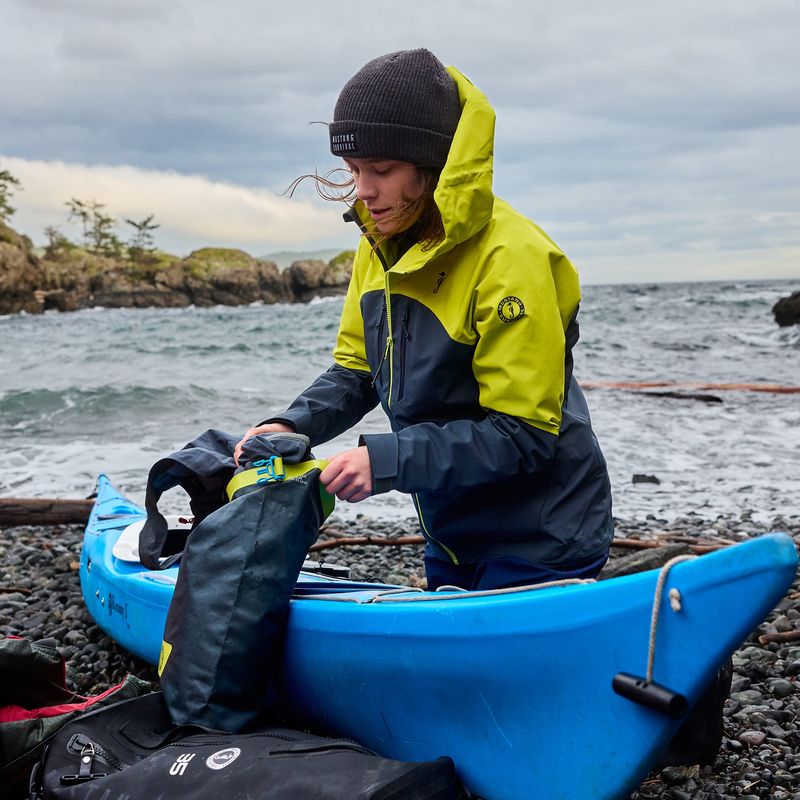
When your backpack takes an unexpected dip, without a roll-top dry bag, your spare clothes and electronics would be toast.
These cylindrical lifesavers use a simple folding closure that creates an airtight seal. Quality bags feature welded seams and tough TPU-laminated materials that laugh at punctures and tears.
Smart adventurers choose bright colors like neon orange or electric blue. When your bag accidentally goes overboard during a canoe trip, you’ll spot it bobbing downstream much easier than a boring black one floating away with all your stuff.
2. Waterproof Pack Liner (or Rain Cover—ideally both)
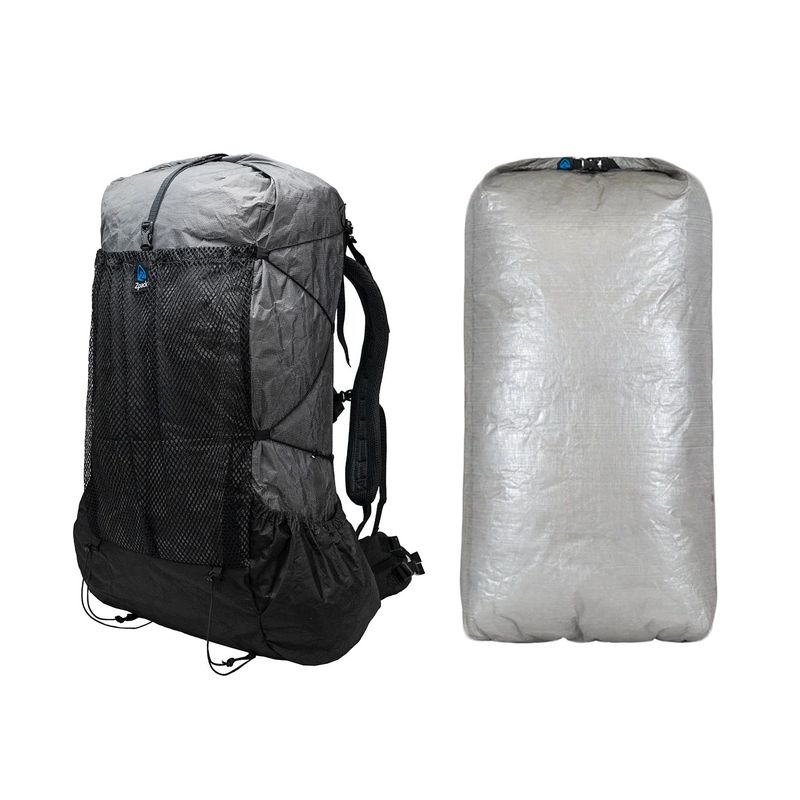
Your expensive hiking backpack isn’t as waterproof as you think. Even premium packs with fancy coatings eventually soak through during heavy downpours.
Pack liners work like giant trash bags with taped seams, creating a complete barrier inside your pack. Rain covers shield the outside but can blow off in strong winds or snag on branches.
Professional guides swear by using both together. The cover handles light rain and keeps your pack’s fabric dry, while the liner provides bulletproof backup protection. During multi-day storms, this double-layer system keeps everything bone dry when single solutions fail miserably.
3. IP68 Phone Case

Modern smartphones cost more than some people’s monthly rent, yet we casually expose them to water damage worth hundreds of dollars in repairs.
IP68 rating means your phone survives complete underwater submersion beyond one meter deep. Quality cases feature crystal-clear camera windows and responsive touchscreens that work even with wet fingers.
Before trusting your expensive device, perform the tissue test. Seal a dry tissue inside the case and submerge it completely. If the tissue stays bone dry after several minutes underwater, your phone will too. This simple check prevents costly mistakes during your adventures.
4. Water-Resistant Power Bank (IP67)
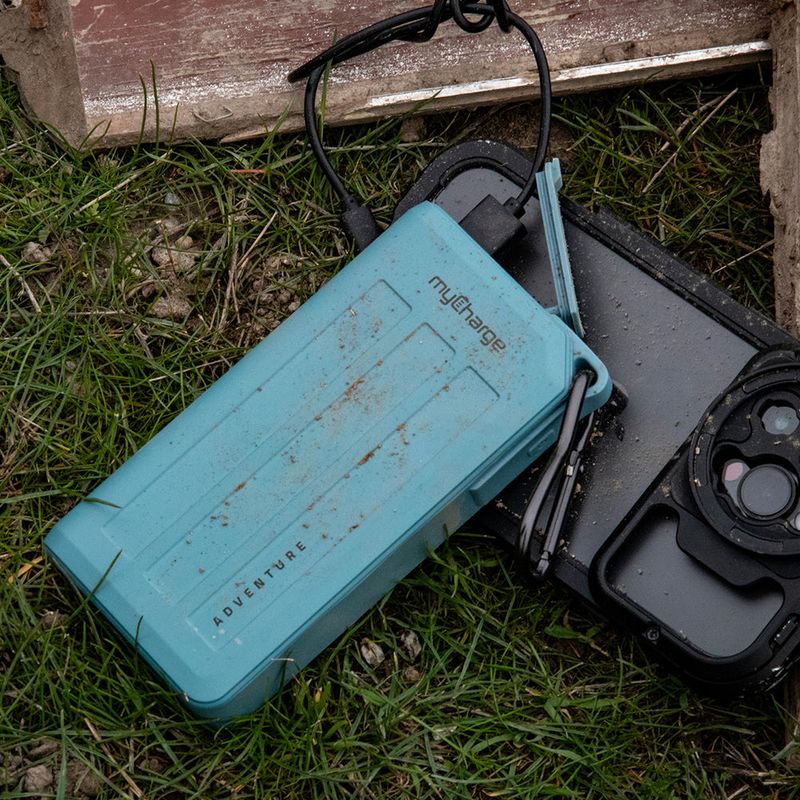
Dead phone batteries become serious safety issues when you’re miles from civilization and relying on GPS navigation or emergency communication.
IP67-rated power banks handle rain, splashes, and brief submersion up to one meter deep. Look for rubber-sealed charging ports and capacity between 10,000-20,000 mAh for multiple device charges.
Airport security requires spare lithium batteries in carry-on luggage only. Power banks under 100 watt-hours (roughly 26,800 mAh) fly without special approval. Larger batteries need airline permission, so check capacity specifications before booking flights. Smart travelers pack backup power that travels as easily as it charges devices.
5. Waterproof/Breathable Shell Jacket (2- or 3-Layer)
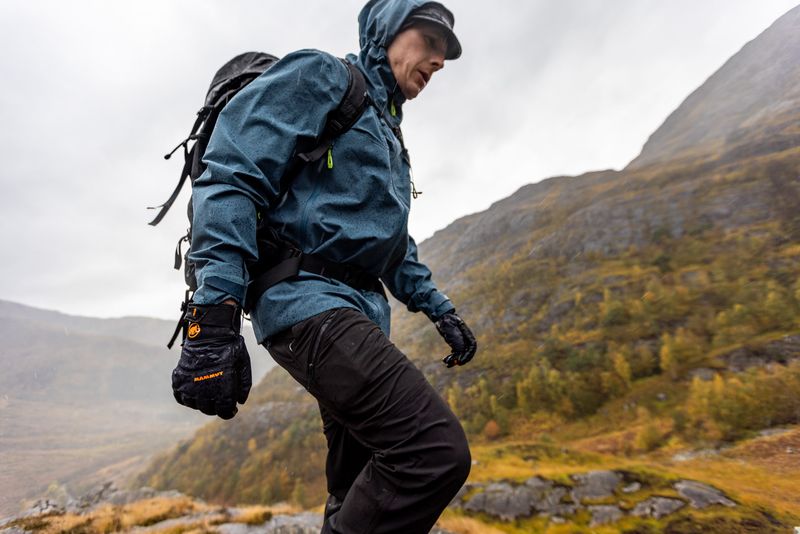
Cheap rain jackets turn you into a walking sauna, trapping sweat while barely blocking moisture. Professional-grade shells balance waterproofing with breathability through advanced membrane technology.
Look for hydrostatic head ratings above 10,000mm and fully taped seams. Pit-zips provide crucial ventilation during high-activity periods, while adjustable hood visors keep rain off your glasses.
DWR coating makes water bead and roll off fabric surfaces. This treatment wears off with use and washing, but you can restore it with special reproof sprays. Heat-activate the treatment according to label instructions for maximum effectiveness during your next rainy adventure.
6. Quick-Dry Base Layers & DWR Pants
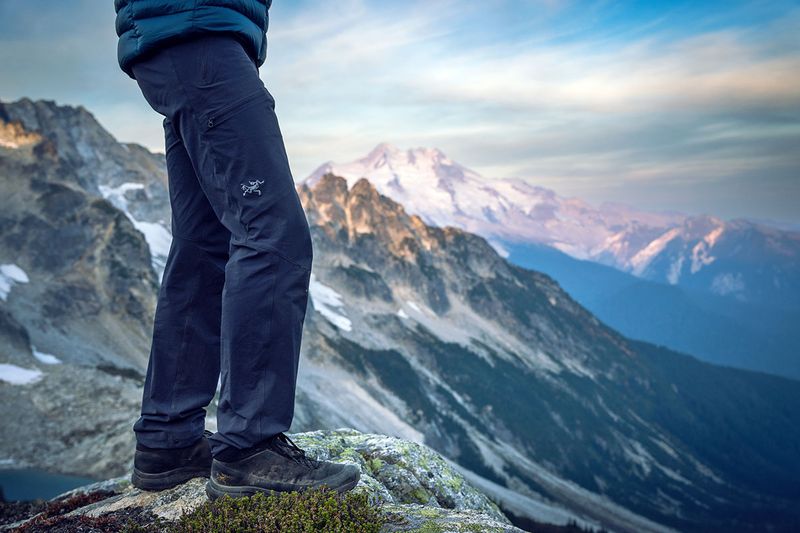
Cotton kills comfort and potentially lives in cold, wet conditions. This natural fiber absorbs moisture like a sponge and takes forever to dry, leaving you chilled and miserable.
Synthetic polyester blends and merino wool wick sweat away from skin while maintaining insulation when damp. Quality hiking pants feature DWR finishes that shed light rain and articulated knees for comfortable movement.
Pack two base layer tops for extended trips. Designate one for active daytime wear and keep the other completely dry for camp comfort. This simple system ensures you always have warm, dry clothing when temperatures drop after sunset.
7. Footwear for Wet Terrain
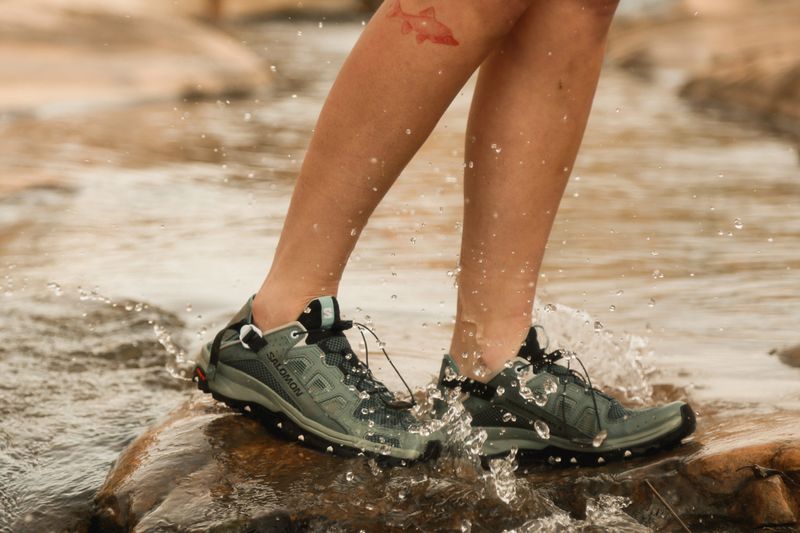
Slipping on wet rocks or losing traction in mud can end your adventure with twisted ankles or worse injuries.
Waterproof boots with membrane liners excel in cold, wet conditions and shallow water crossings. Quick-drain shoes with mesh uppers and drainage ports work better in warm climates with frequent river fording.
Hot weather often makes fast-drying footwear more comfortable than waterproof options. Your feet stay cooler and less prone to blisters when water can enter and exit freely. Choose aggressive tread patterns for maximum grip on slippery surfaces, and consider bringing both types for versatile adventure travel.
8. IPX6–IPX7 Headlamp
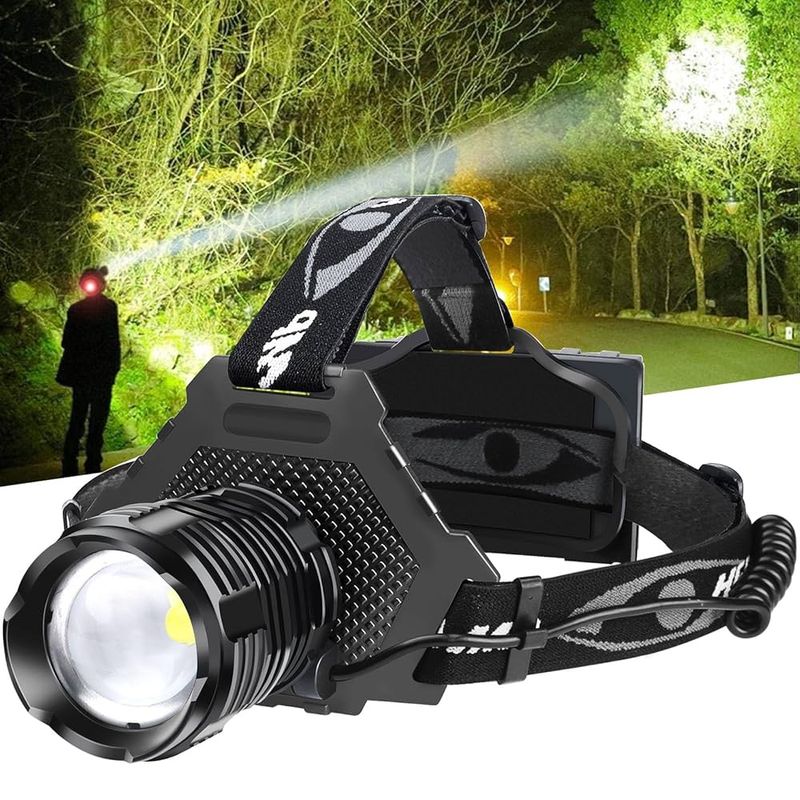
Fumbling with a dead flashlight during a midnight bathroom break in pouring rain ranks among camping’s most miserable experiences.
IPX6 protection handles powerful water jets from any direction, while IPX7 survives 30-minute submersion up to one meter deep. Lockout modes prevent accidental activation that drains batteries inside your pack.
Professional guides always carry backup lighting in their first-aid kits. A tiny button light weighs almost nothing but provides crucial redundancy if your primary headlamp fails. This simple precaution has saved countless adventures from turning into dangerous situations when darkness and equipment failure combine unexpectedly.
9. Packable Microfiber Towel
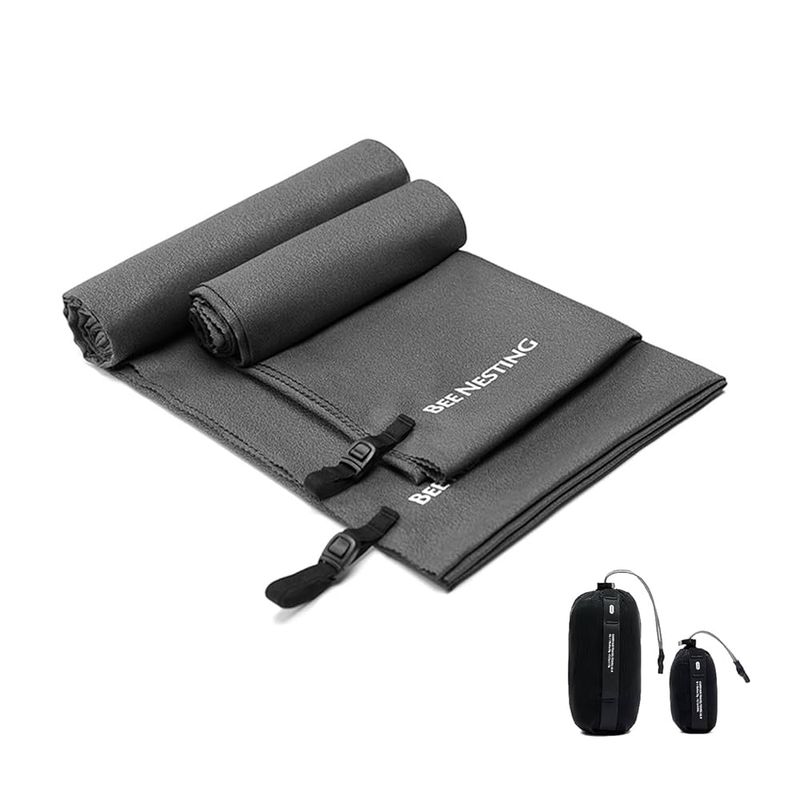
Traditional cotton towels pack like soggy bricks and take days to dry completely, making them useless for multi-day adventures.
Microfiber towels absorb several times their weight in water while packing down to smartphone size. Antimicrobial treatments prevent funky odors during extended use, and hanging loops speed drying time.
Maximize drying speed with the wring-snap-hang technique. Wring out excess moisture, snap the towel sharply to separate fibers, then hang with maximum airflow exposure. This method cuts drying time dramatically compared to simply hanging a bunched-up towel. Choose sizes that wrap around your waist for full-body coverage.
10. Waterproof Map Case & Weather-Resistant Notebook
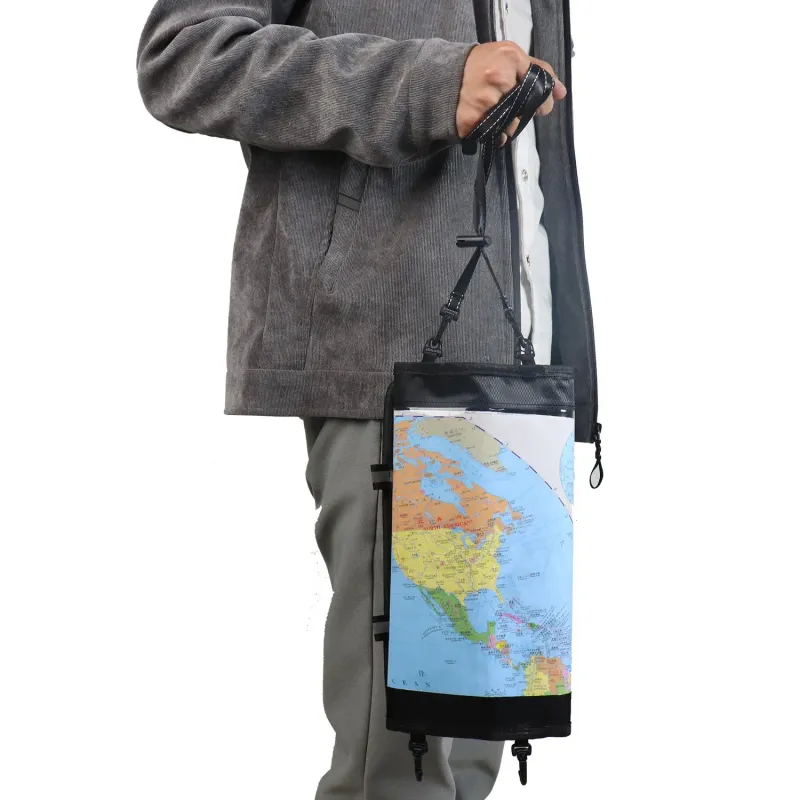
GPS devices fail, batteries die, and satellites disappear in deep canyons, leaving paper maps as your ultimate navigation backup.
Waterproof map cases with zip-seal or roll-top closures keep crucial navigation tools readable during storms. Weather-resistant paper works with standard pencils and won’t turn to mush when soaked.
Store permits, identification, and emergency contact information in the same protective case. This consolidation protects important documents while keeping everything organized in one easily accessible location. Rangers appreciate dry, readable permits, and emergency responders need clear identification if situations go wrong during your adventures.
11. Water-Tight First-Aid & Repair Kit
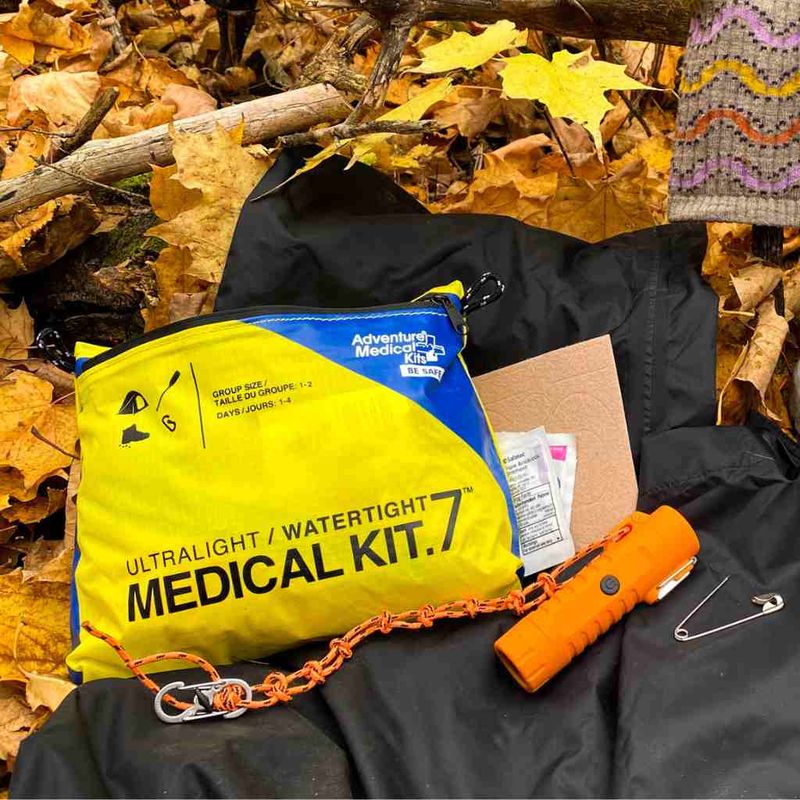
Wet bandages won’t stick to injuries, and moisture can degrade medications, turning your first-aid kit into useless soggy supplies when you need them most.
Hard cases with O-ring gaskets or IP-rated pouches protect medical supplies from moisture damage. Include blister care, basic medications, needle and thread for gear repairs, and alcohol wipes for cleaning.
Wrap repair tape around a pen or pencil for space-saving storage. This technique provides several feet of emergency tape while utilizing dead space around other items. Smart adventurers also add zip ties for quick equipment fixes that could save entire trips from ending prematurely.
12. Waterproof Stuff Sacks (Clothes & Sleep System)
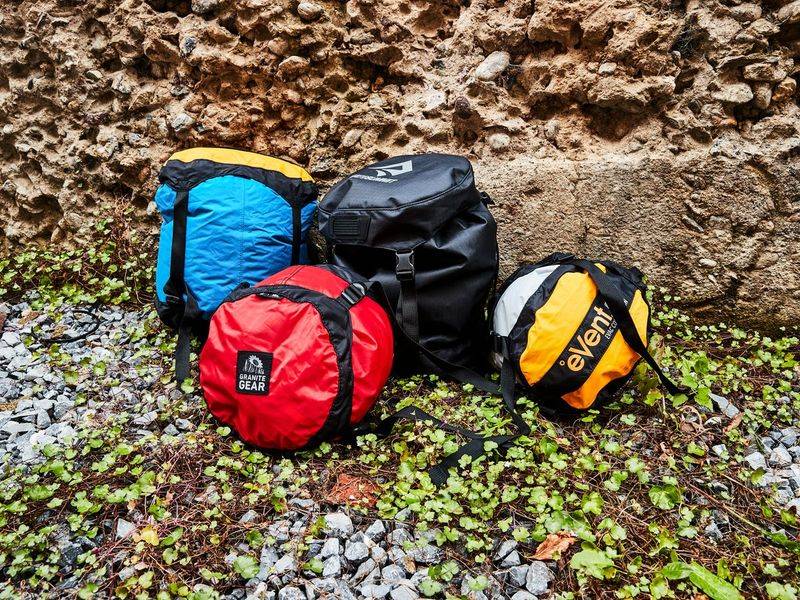
Redundancy saves adventures when primary protection fails. If your pack liner tears or zipper breaks, individual waterproof stuff sacks keep critical items dry.
Separate your sleep system and insulation layers into different waterproof sacks. This organization prevents total disaster if one container fails during your trip.
Color-coding simplifies gear organization in stressful conditions. Assign specific colors like blue for sleep gear and red for insulation layers. When you’re tired, cold, and searching for warm clothes in fading daylight, bright color coding helps you grab the right sack immediately instead of fumbling through multiple identical containers.
13. Electronics Dry Pouches & Cable Seals
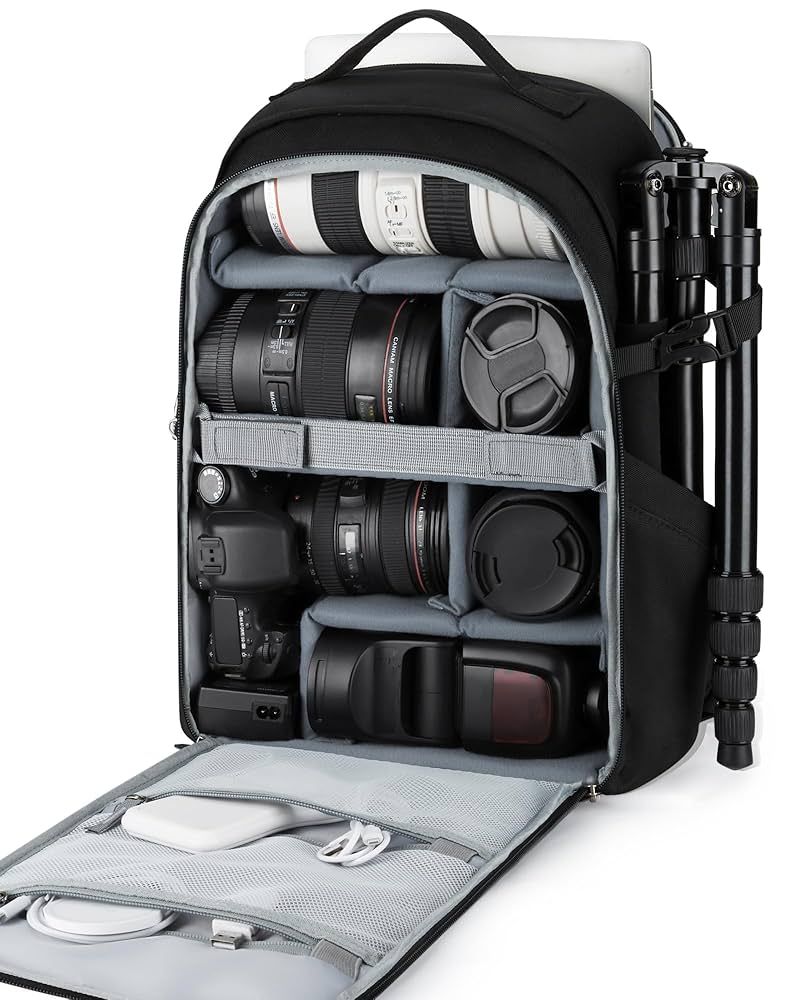
Cameras, e-readers, GPS units, and charging cables represent hundreds of dollars in electronics that water can destroy in seconds.
Touchscreen-friendly windows let you operate devices without removing protection. Double-seal closures and lanyards prevent accidental drops while providing reliable moisture barriers.
Silica gel packets inside pouches reduce condensation that forms when moving between temperature extremes. Save packets from vitamin bottles or purchase them separately. This simple addition prevents internal moisture buildup that can damage electronics even when external seals work perfectly. Replace gel packets periodically as they lose effectiveness over time.
14. Water-Resistant Sunscreen (SPF 30+ Broad Spectrum)
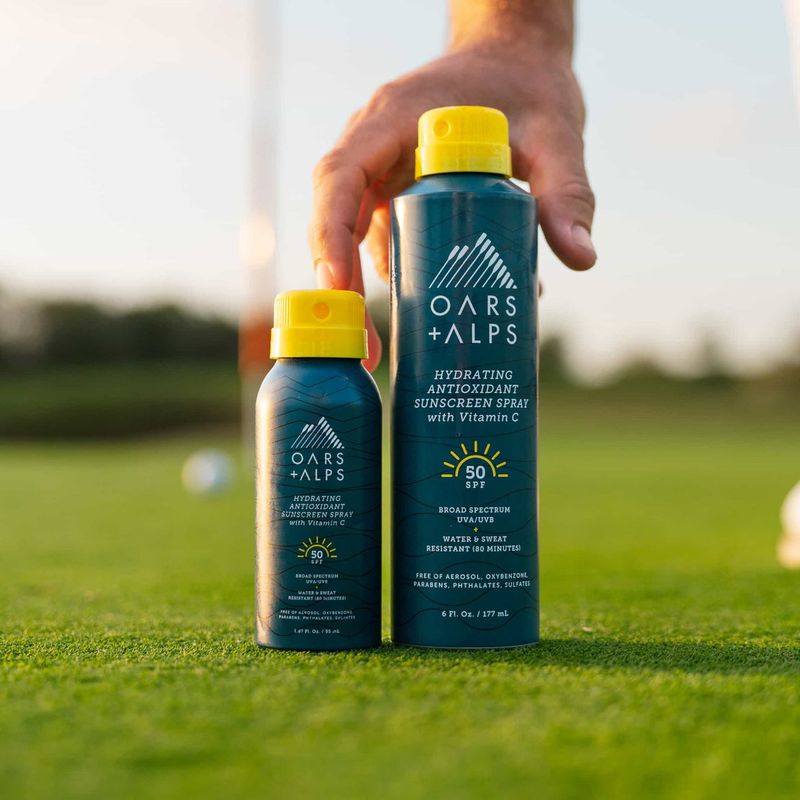
Water, snow, and sand reflect UV rays directly onto your skin, creating intense exposure that causes severe burns faster than normal conditions.
FDA regulations only allow “water resistant” claims with specific time limits – either 40 or 80 minutes. Products claiming “waterproof” or “sweatproof” violate federal labeling rules and may not provide advertised protection.
Wide-brim hats and UPF-rated shirts reduce the amount of sunscreen needed while providing superior protection. This layered approach works better than relying solely on lotions, especially during extended water activities where frequent reapplication becomes difficult or impossible to maintain consistently throughout your adventure.



